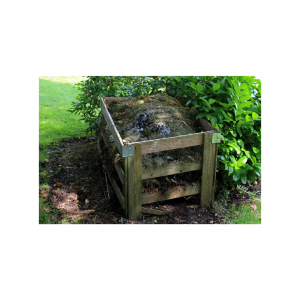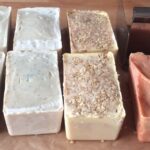Supporting Zero Waste
By nature we are often drawn to a product by some fantastic bright sparkly packaging but quite often this is thrown away after opening the product and sometimes we are disappointed with what we find inside. Here at Whit & Wick headquarters in our workshop we have tried to be more of a wise owl and use packaging that can be recycled or upcycled instead of the magpie approach with lots of glitz and glamour.
Over the last year we have introduced many changes: handmade bar soap – no plastic bottles, paper and hessian wrapping and wooden gift boxes, all of which you can use in your compost heap.
 We will continue to reduce our footprint and are currently reviewing options for the outer packaging including the use of wood straw or paper padding for all packing. We are also considering how to offer an exchange service with a discount for all our candle glass jars and tins that are returned to us.
We will continue to reduce our footprint and are currently reviewing options for the outer packaging including the use of wood straw or paper padding for all packing. We are also considering how to offer an exchange service with a discount for all our candle glass jars and tins that are returned to us.
If you have any other ideas to help us please get in touch or if you would like to support Zero Waste in your area there are some good resources at https://www.zerowasteweek.co.uk/

